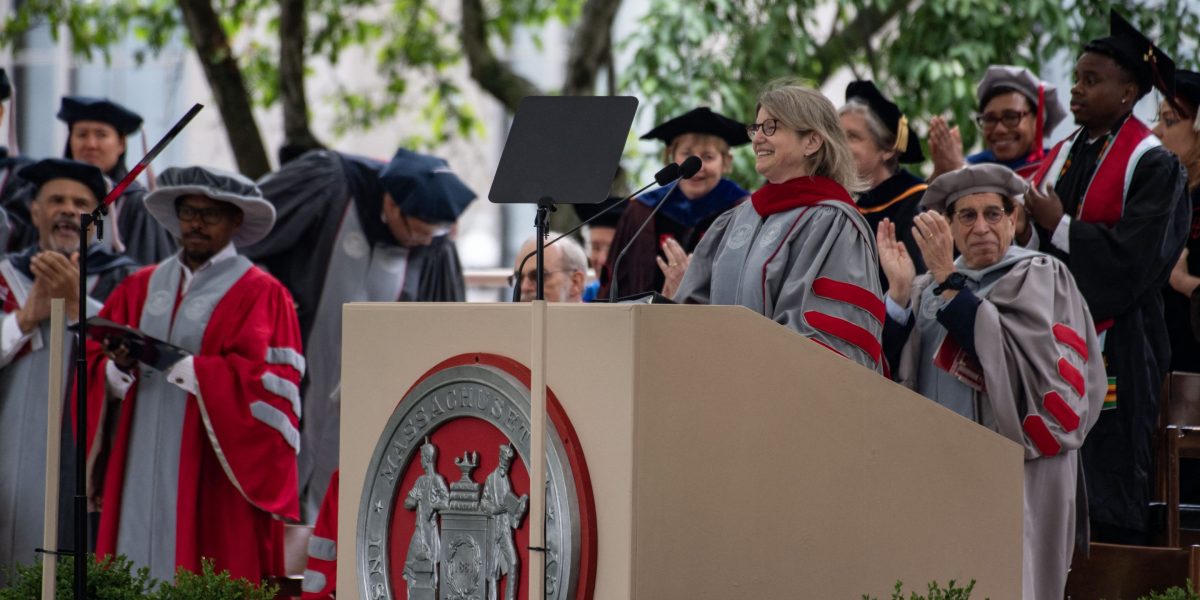Just over 17% of students to the incoming class of 2028 are Black, Hispanic, Native American or Pacific Islander, according to the school’s announcement on Wednesday. That’s a dropoff of almost 15% compared to admitted classes from 2024 to 2027, according to the school’s report, which was the first demographics report of any major university since the court ruled to end race-based admissions.
The two lawsuits before the court last year—one against the University of North Carolina Chapel Hill, the other against Harvard— argued that Black applicants were being given a boost in the admissions process while Asian students were being penalized. If race-conscious admissions were eliminated, Black enrollment would go down and Asian enrollment would go up.
As predicted, Black students, who over the past few years have comprised 13% of incoming classes at MIT, this year made up just 5% of students. On the flip side, Asian enrollment rose from 41% to 47%.
“The class is, as always, outstanding across multiple dimensions and will … bring us an inspiring influx of new talents, interests and viewpoints,” the school’s president, Sally Kornbluth, said in a statement. “But what it does not bring, as a consequence of last year’s Supreme Court decision, is the same degree of broad racial and ethnic diversity that the MIT community has worked together to achieve over the past several decades.”
In a statement to the New York Times, Edward Blum—the founder of Students for Fair Admissions, the group that sued Harvard and UNC—called the makeup of MIT’s most recent class proof of the positive effect the court’s ruling was having.
“Every student admitted to the class of 2028 at M.I.T. will know that they were accepted only based upon their outstanding academic and extracurricular achievements, not the color of their skin,” Blum told the Times.
In the fall of 2022, before the admissions cases were argued, MIT filed an amicus curiae brief along with Stanford, IBM, and Aeris Communications siding with Harvard and UNC and asking the court to uphold race-based admissions.
“STEM fields, at their core, rely on the innovation and creativity of future industry leaders,” the brief reads. “Increased global collaboration in these fields, therefore, reflects the reality that innovation is best achieved by bringing together a multitude of educational, cultural, and social backgrounds.”
MIT has also argued, as have other elite universities, that race-based admissions help offset racial inequalities in K-12 education. But leaders at the school have said that inequality is particularly deep-rooted in math and science. According to data from the federal government, schools where Black and Latino students make 75% or more of the student body are around 20% less likely to offer calculus and computer-science courses.
In a newsletter after the school released its data on the incoming class, MIT dean of admissions Stu Schmill wrote that, throughout the last admissions cycle, the school has been trying to expand its recruitment and financial aid initiatives, while also trying to comply with the new mandate. Those initiatives, he said, “proved necessary, but not sufficient.”
“I believe that the answer to the question of ‘how much diversity is necessary to benefit the MIT education?’ is fundamentally qualitative, not quantitative,” he said. “However, I also believe that when there are now fewer African-American first-years enrolling at MIT than when I was a freshman more than forty years ago, that cannot possibly be the right outcome for our community.”

